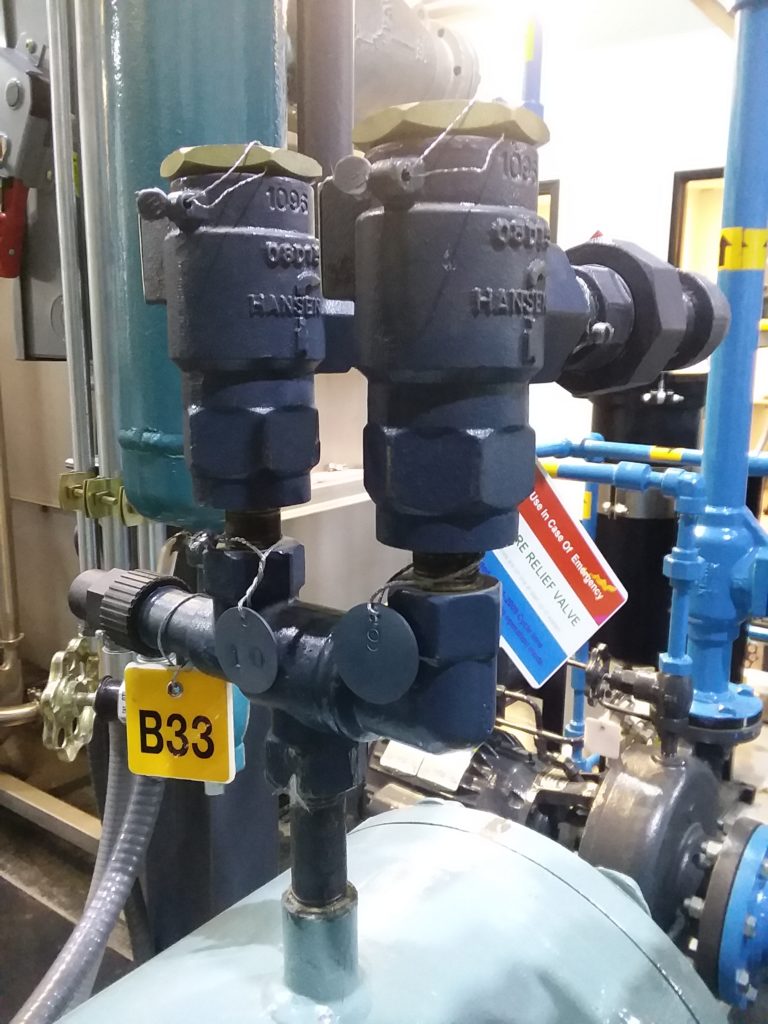A question that we get quite often is why do we have to change our relief valves every 5 years? After that discussion, the next question becomes, when does the 5 year date start for this replacement interval? Looking at different IIAR RAGAGEP and interpretations lets discuss possible practices. The original 5 year replacement from IIAR started in 1978. There are several theories in this area and now we have interpretation from IIAR in regards to this RAGAGEP.
Practice 1, is what GCAP has always explained to our clients and students as the most economical and safe practice. The date should start based upon the date of installation and we also suggest a procedure to be developed and implemented for pre-inspection of new and post inspection of replaced valves.
Practice 2, is that its date does not begin until the valve has seen ammonia and an alternative replacement interval could be established. This practice come from an interpretation of IIAR bulletin 110 in section 6.6.3 where it states “an alternative to the prescriptive replacement interval, i.e., every 5 years, can be developed based upon document in-service relief valve life for specific applications using industry accepted good engineering practices or relief valve evaluation. GCAP has implemented this practice on a few of our own valves. These tests and research is being used to study the life of relief valves vs function and mechanical integrity.
Practice 3, is that the valves will be replaced every 5 years based upon purchase date. GCAP does not support this due to that elimates your need for inventory. Also consider how long this valve has set in a warehouse before you even got it.
Practice 4, is based upon a 5 year interval of system taking is NH3 charge.
Remember not all relief have to be changed in a 5 year interval, however the ones that due what date or practice does your company follow. Below is part of the interpretation from IIAR in regards to when does the 5 year date begin.


